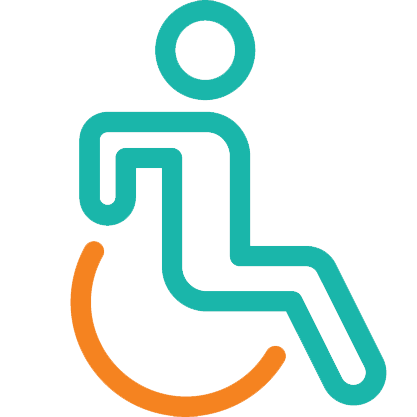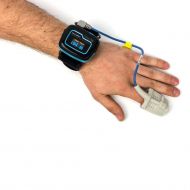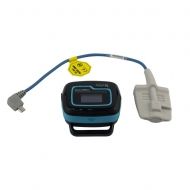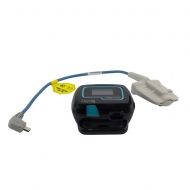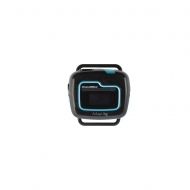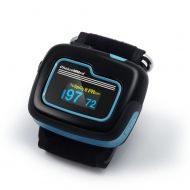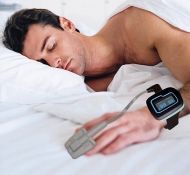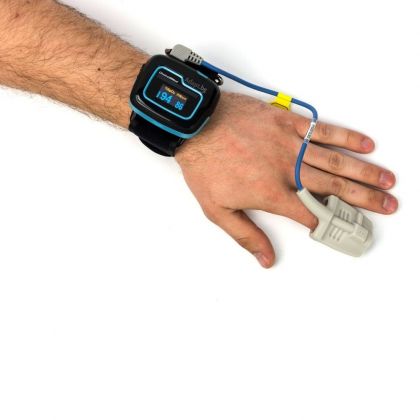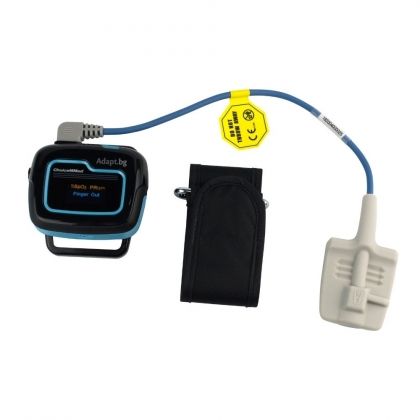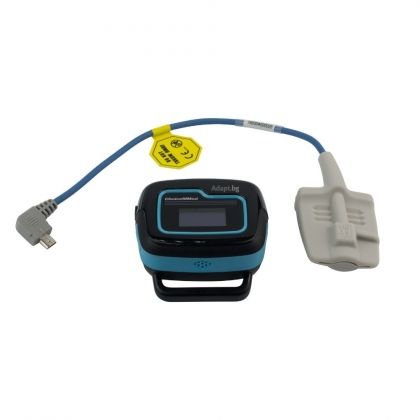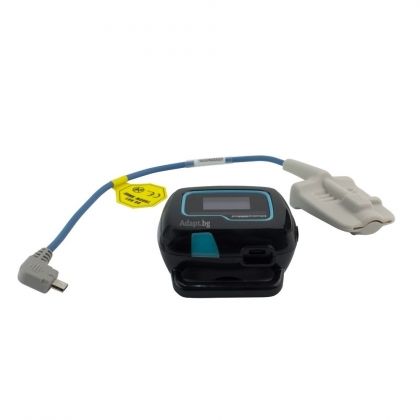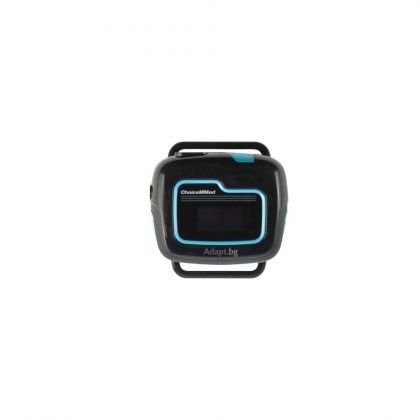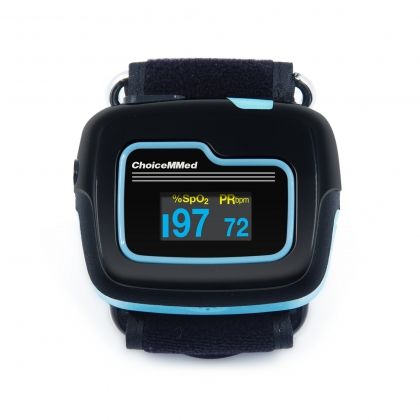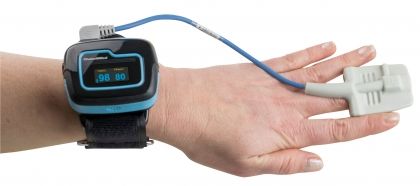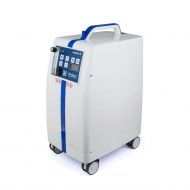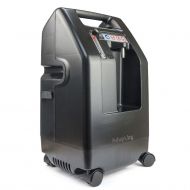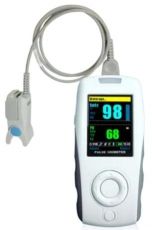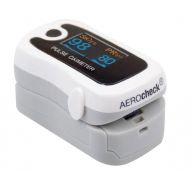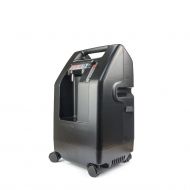The device can generate a report along with clinical results, making it effective for screening for sleep apnea.
This approach, although not as accurate as the polysomnographic testing, is much simpler, less expensive and can be done at home by the patient. The device can be used in conjunction with therapy to monitor the effects of therapy on the patient.
Characteristics:
- Small and portable design.
- Measurement mode: Not in real time.
- Ability to store data and transfer it to a computer.
- Software that analyzes data and extracts a detailed report.
- Easy-to-interpret screening report for OSAS (Obstructive Sleep Apnea Syndrome)
- Up to 10 different patients can be recorded and stored.
- Record up to 30 hours of data.
The AHI is an index used to determine the degree of sleep apnea, using the total number of airway closures (apnea) and partial airway closures (hypopneas) per hour, during sleep. These breathing breaks should last more than 10 seconds and are associated with a decrease in blood oxygenation. This index (AHI) can be categorized as - mild from 5 to 15 , moderate 15 to 30 and severe more than 30).
Screening for sleep apnea using a pulse oximeter provides satisfactory diagnostic results in patients with severe sleep apnea.


